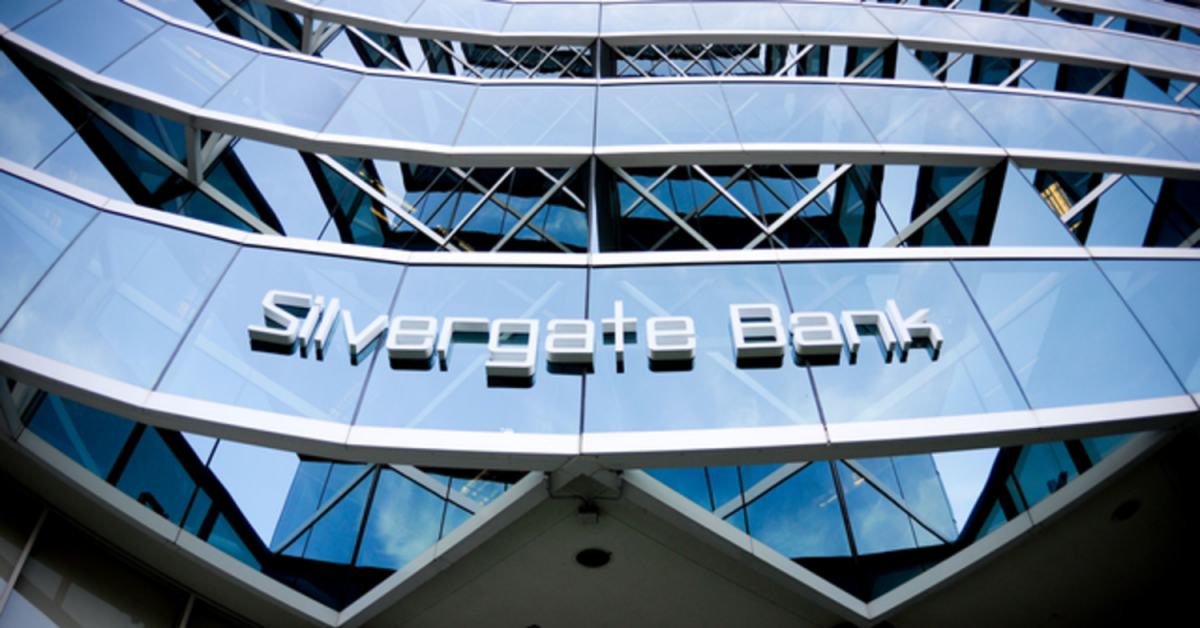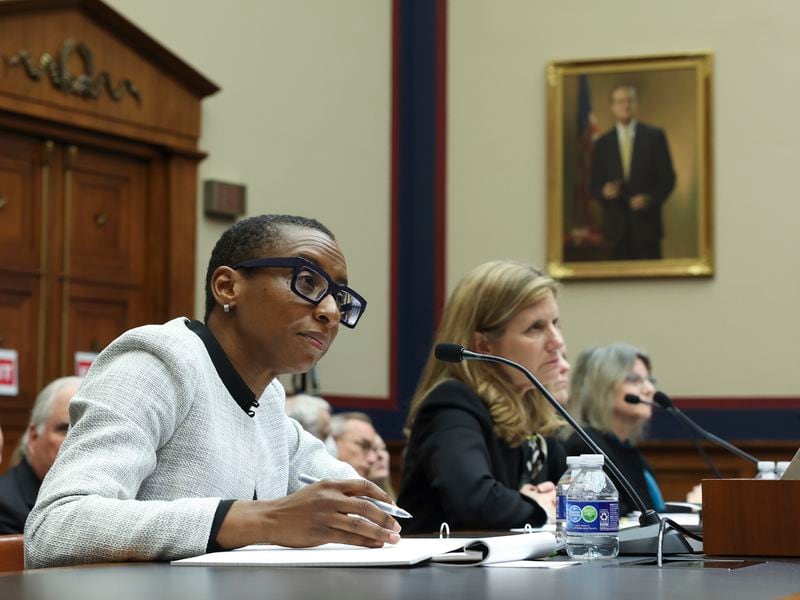Financial Building-Blocks: Structured Products and Blockchain
Traditionally in the domain of institutional investors, structured products combine various assets and derivatives to create tailored risk-return profiles. With the advent of blockchain, the potential for this market segment is enormous, promising significant cost reductions, enhanced composability, and improved accessibility. Currently, the global structured notes market is estimated to be worth more than $2 trillion, and blockchain stands to help widen the breadth of the market from origination to investor base.
Let’s take a look at this in more detail.
Streamlining Processes and Cost Reduction
Traditional structured products involve multiple intermediaries such as brokers, custodians, and clearinghouses, leading to operational costs ranging from 1% to 5% of the investment value annually. According to Accenture, blockchain technology can cut infrastructure costs for major investment banks by an average of 30%, translating to annual savings of $8-$12 billion.
Blockchain’s cost-saving potential is particularly significant for structured products due to their complex lifecycle management. Blockchain’s enhanced transparency and audit trails can help reduce these regulatory capital requirements.
Enhanced Composability to Creating Customizable Financial Solutions
Smart contracts are particularly compelling for managing complex financial products like derivatives and structured products, allowing for quick and innovative financial engineering. This modularity enables investors to craft tailored products, such as combining yield-generating DeFi protocols, tokenized assets and risk-managing derivatives like options or futures.
Improving Accessibility for Originators and Investors Structured products have historically been accessible only to institutions. Blockchain modularity simplifies structuring and origination by eliminating intermediaries, while fractional ownership broadens investor access and reduces friction on both the supply and demand sides.
Growth of the DeFi Structured Products Market
Structured products offer advanced risk management through mechanisms like principal protection and downside barriers. Over the past year, DeFi structured products like Pendle ($6bn TVL) and Ethena ($3.6bn TVL) have grown significantly, showing strong demand for new derivatives. This trend is expected to continue, driven by maturing market infrastructure and an expanding product suite.
Tokenization Standards: Innovations like ERC-1155, ERC-404, and ERC-1400 are addressing challenges in bond identification, product tranching, and regulatory controls for structured product issuance.
DeFi Prime Brokerage: Platforms like Arkis, are introducing sophisticated margin engines for asset-specific valuations, cross-margining, and cross-chain liquidation.
Risk Management: Institutional-grade risk management systems, developed by firms like Talos (Cloudwall) and Gauntlet are crucial for facilitating the entry of institutional capital .
Decentralized Option Vaults (DOVs): DOVs are important for on-chain structured products as they provide automated yield generation, risk management, and integration with other DeFi protocols.
Oracles: Chainlink’s Cross-Chain Interoperability Protocol (CCIP) enhances data reliability and cross-chain functionality, and easing integration between traditional and crypto markets and cross-chains.
Crypto Options: Platforms like AEVO and Hegic provide automated on-chain options, which integrate well with algorithmic structured products.
Benchmark and Index Development: The creation of more benchmarks and indices, such as the Coindesk 20 Index (CD20) and CESR Composite Eth Staking Benchmark, provides investors reliable and powerful references to express their market views and serve as risk management tools.
Tokenization: Tokenization is foundational for bringing structured products on-chain, with TVL reaching $130-170bn (including stablecoins) in 2024 according to RWA.xyz.
One of the pervading sentiments within crypto is that the products often exhibit barbell-shaped risk-return profiles. Structured products solve this dilemma by creating a specific risk-return profile while capturing the substantial upside of this asset class. One example here is principal-protected notes mitigating depegging risk.
The path forward for on-chain structured products doesn’t begin with the technology, but in developing compelling use cases to showcase their potential. As tokenization advances, integrating traditional and crypto assets in structured products will become more increasingly common, further narrowing the gap between traditional finance and crypto.
Note: The views expressed in this column are those of the author and do not necessarily reflect those of CoinDesk, Inc. or its owners and affiliates.
Edited by Benjamin Schiller.









